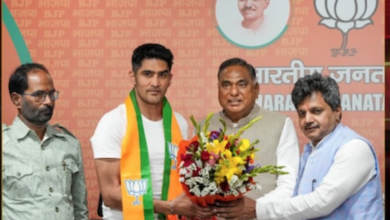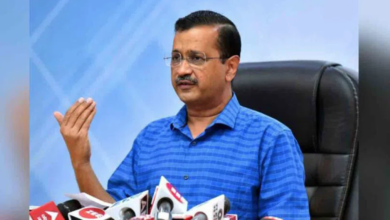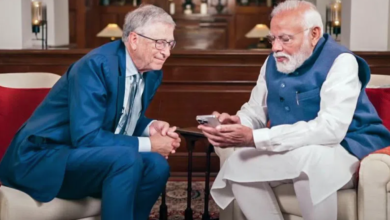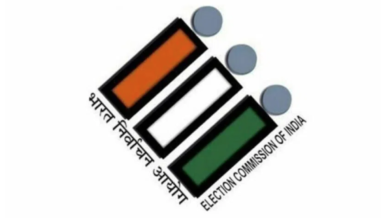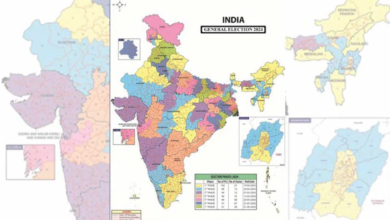Infrastructure development is the driving force of the economy: Modi
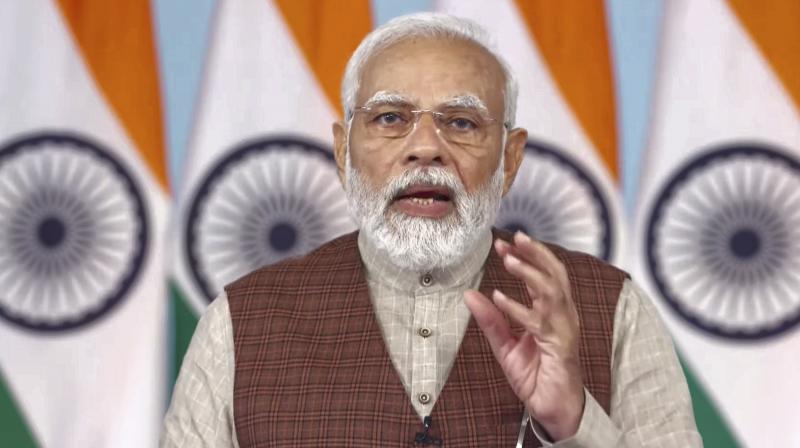

Prime Minister Narendra Modi addresses a post-budget webinar on ‘Infrastructure and Investment’, in New Delhi,
NEW DELHI: Emphasising that infrastructure development is the driving force of the country’s economy, Prime Minister Narendra Modi on Saturday said that there was a need to improve our speed and move in top gear to achieve the target of becoming a developed nation by 2047.
The Prime Minister was addressing a post-Budget webinar, the eighth in a series of 12 webinars, on the subject of “Infrastructure and Investment: Improving logistic efficiency with PM Gatishakti National Master Plan.” He said that this year’s Budget will give new energy to infrastructure.
The Prime Minister informed the participants that India’s capex has increased five times compared to 2013-14 and the government is moving forward with a target of investing Rs 110 lakh crore under the National Infrastructure Pipeline. He noted that this is a time of new responsibilities, new possibilities and bold decisions for every stakeholder.
“Infrastructure has a significant role to play in the sustainable development of any country, along with development while keeping the needs of the future in mind,” he remarked.
Citing the construction of Uttarapath by Chandragupta Maurya, which was carried forward by Ashoka and later upgraded by Sher Shah Suri and turned into the GT Road by the British, he said: “The importance of highways has been acknowledged for centuries in India.”
The Prime Minister pointed out that the average construction of national highways has nearly doubled compared to what it was before 2014; similarly, only 600 route km of railway track was electrified per year before 2014, which is now reaching 4,000 route km per year and the number of airports and seaport capacity has doubled as well.
“Infrastructure development is the driving force of the country’s economy,” Modi remarked as he pointed out that India will achieve its target of becoming a developed nation by 2047 by pushing for infrastructure development.
“Now we have to improve our speed and move in top gear”, he said. Noting that the PM Gati Shakti Master Plan is a critical tool that integrates economic and infrastructural planning with development, the Prime Minister said, “The Gati Shakti National Master Plan is going to change the face of India’s infrastructure and its multimodal logistics.”
The Prime Minister noted that the results of the PM Gati Shakti Master Plan are becoming visible.
“We have identified the gaps that were impacting the logistics efficiency. That is why, in this year’s Budget, 100 critical projects have been prioritised and `75,000 crores have been allocated. With quality and multimodal infrastructure, our logistic costs are going to reduce further in the days to come. This will have a positive impact on the goods made in India and on the competence of our products. Along with the logistics sector, there will be a lot of improvement in ease of living and ease of doing business,” he said.
Elaborating on the role of the states, the Prime Minister informed about the one-year extension of interest-free loans up to 50 years and budgetary expenditure for this has been increased by 30 per cent.
The Prime Minister asked the participants to find ways to develop a mechanism for an advanced forecast of the needs of their sectors, as various materials are needed for infrastructure development.
“We need an integrated approach so that the roadmap for the future remains clear. The PM Gati-Shakti National Master Plan has a big role in this,” he said, emphasising the need to integrate the concept of circular economy with the sector.
The Prime Minister emphasised that the robustness of India’s physical infrastructure is equally important for the strengthening of the country’s social infrastructure and underlined that a strong social infrastructure will lead to more talented and skilled youth who will come forward to serve the nation.
He stressed the need for skill development, project management, financial skills and entrepreneurship to accomplish this goal.
The Prime Minister highlighted that infrastructural development is not limited to rail, roads, ports and airports anymore, but, as part of this year’s Budget, huge projects have been taken up for storing the produce of the farmers in villages.
He also gave examples of wellness centres being developed in the cities and villages, new railway stations and pucca houses being delivered to every family.


